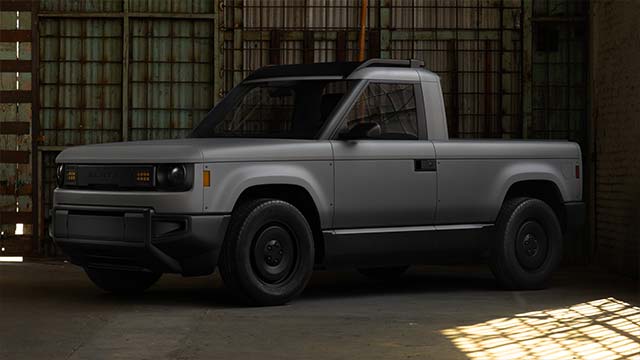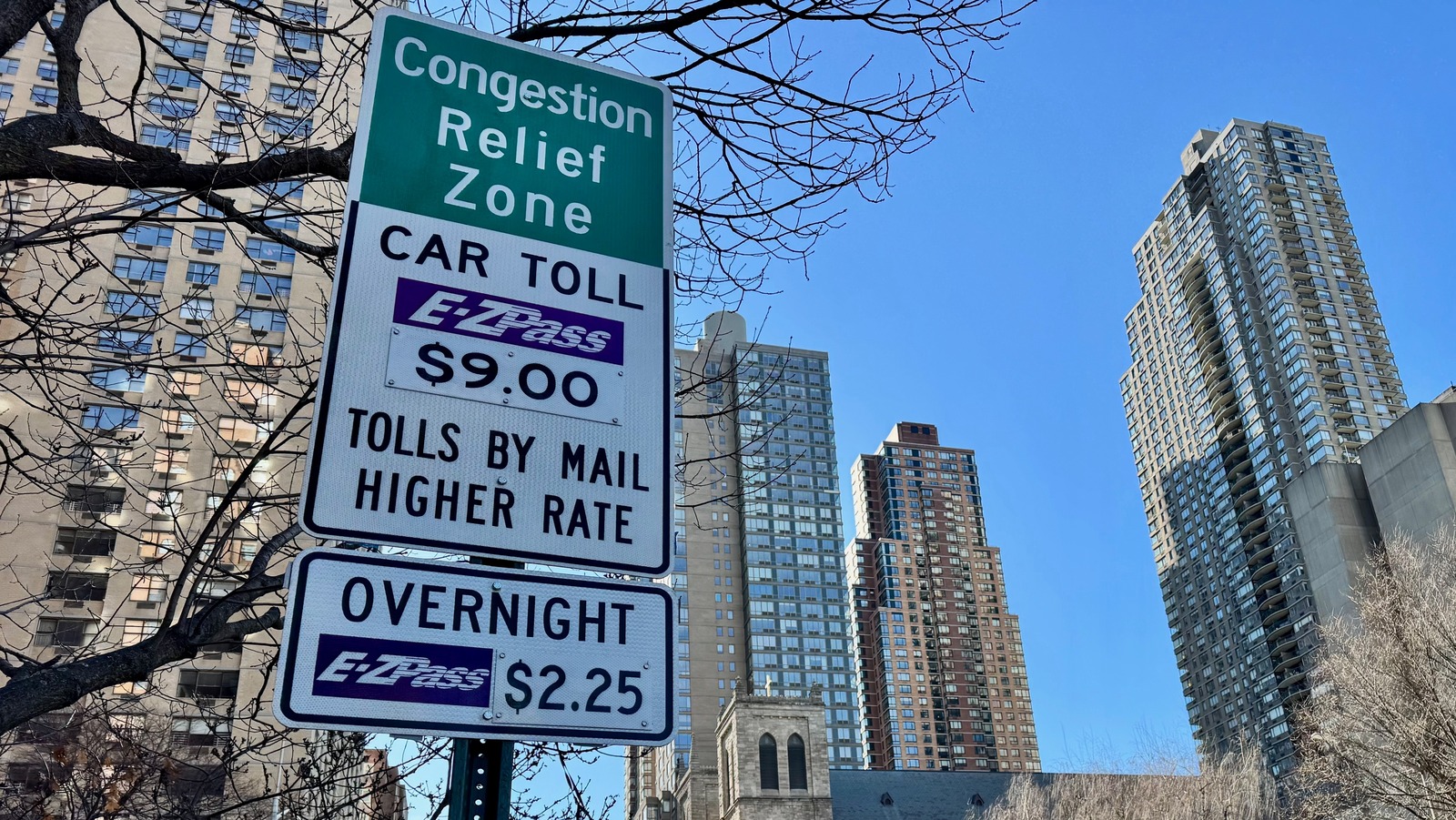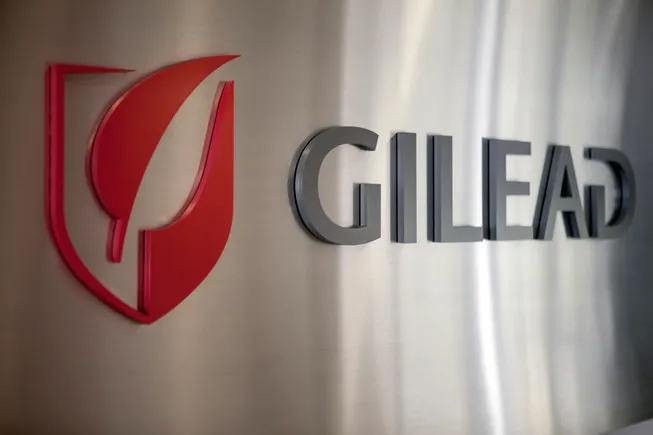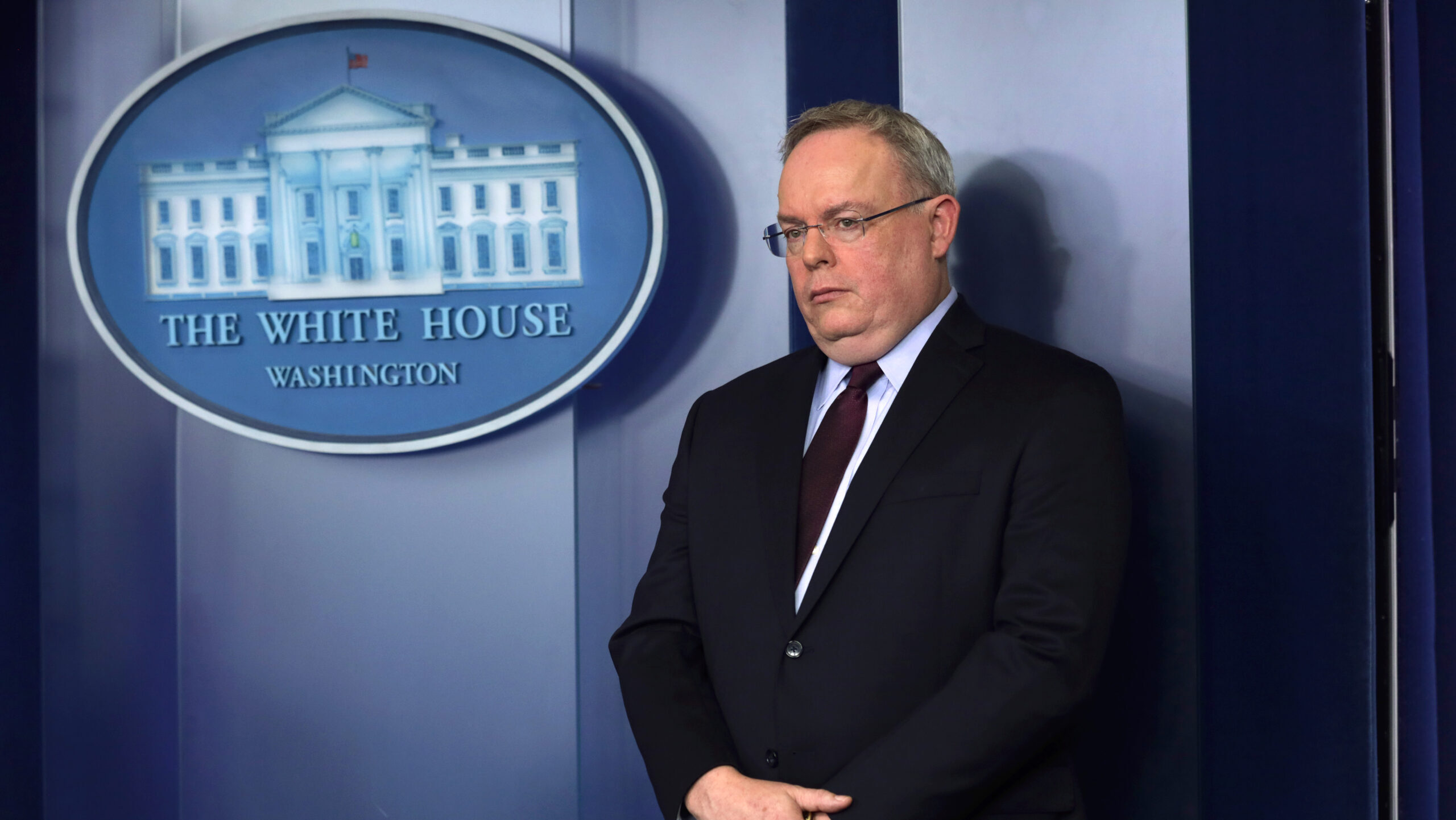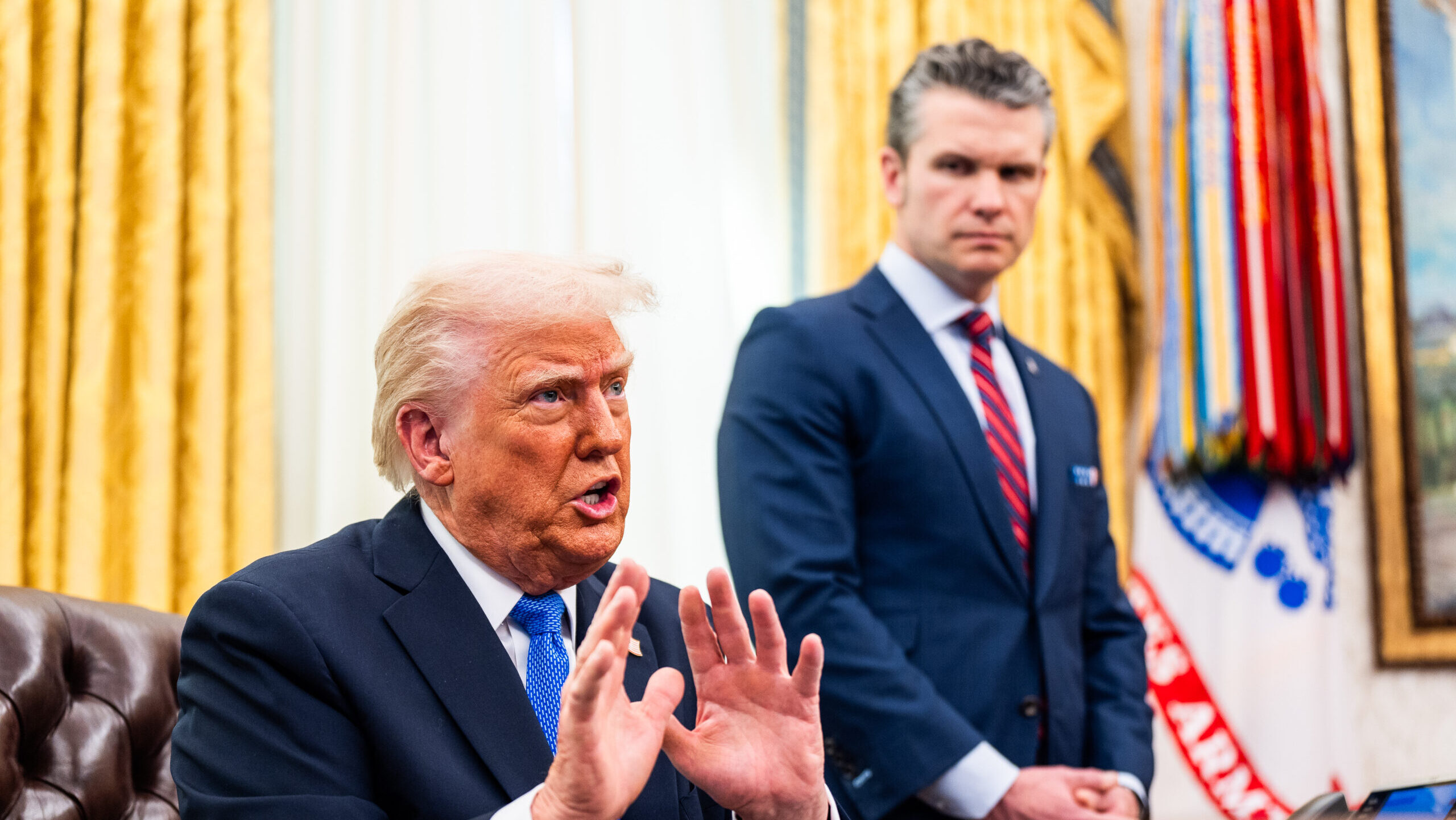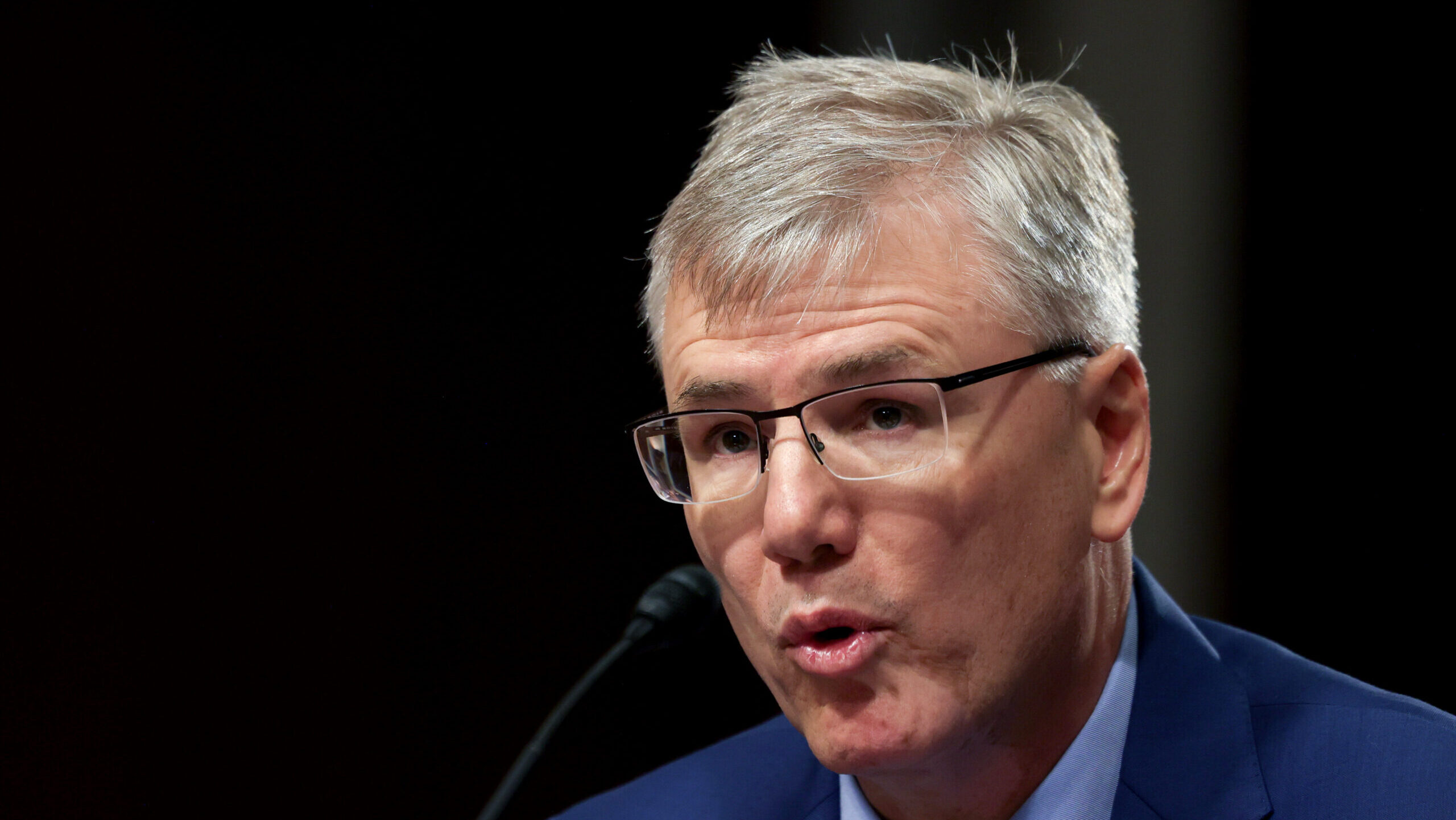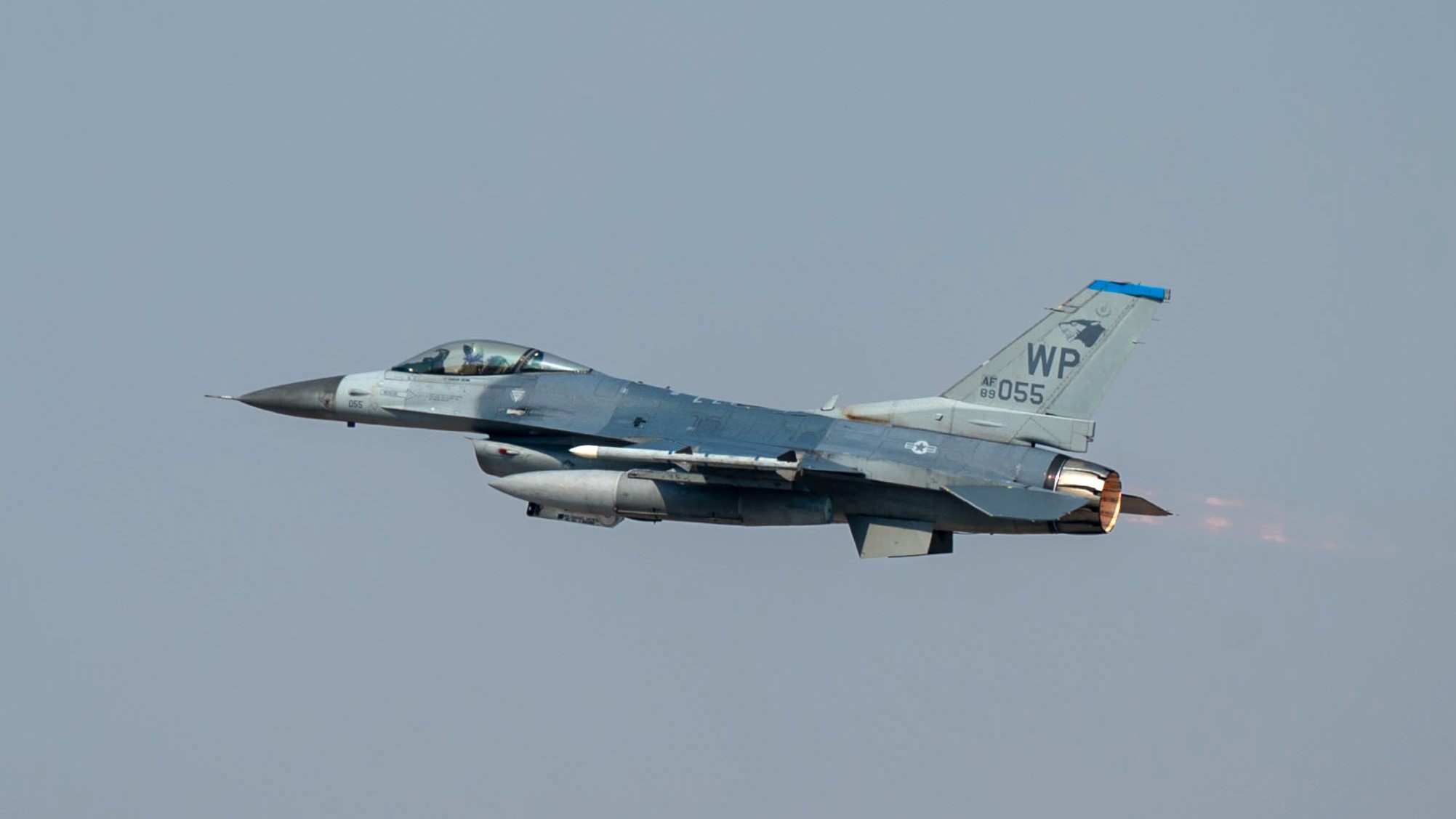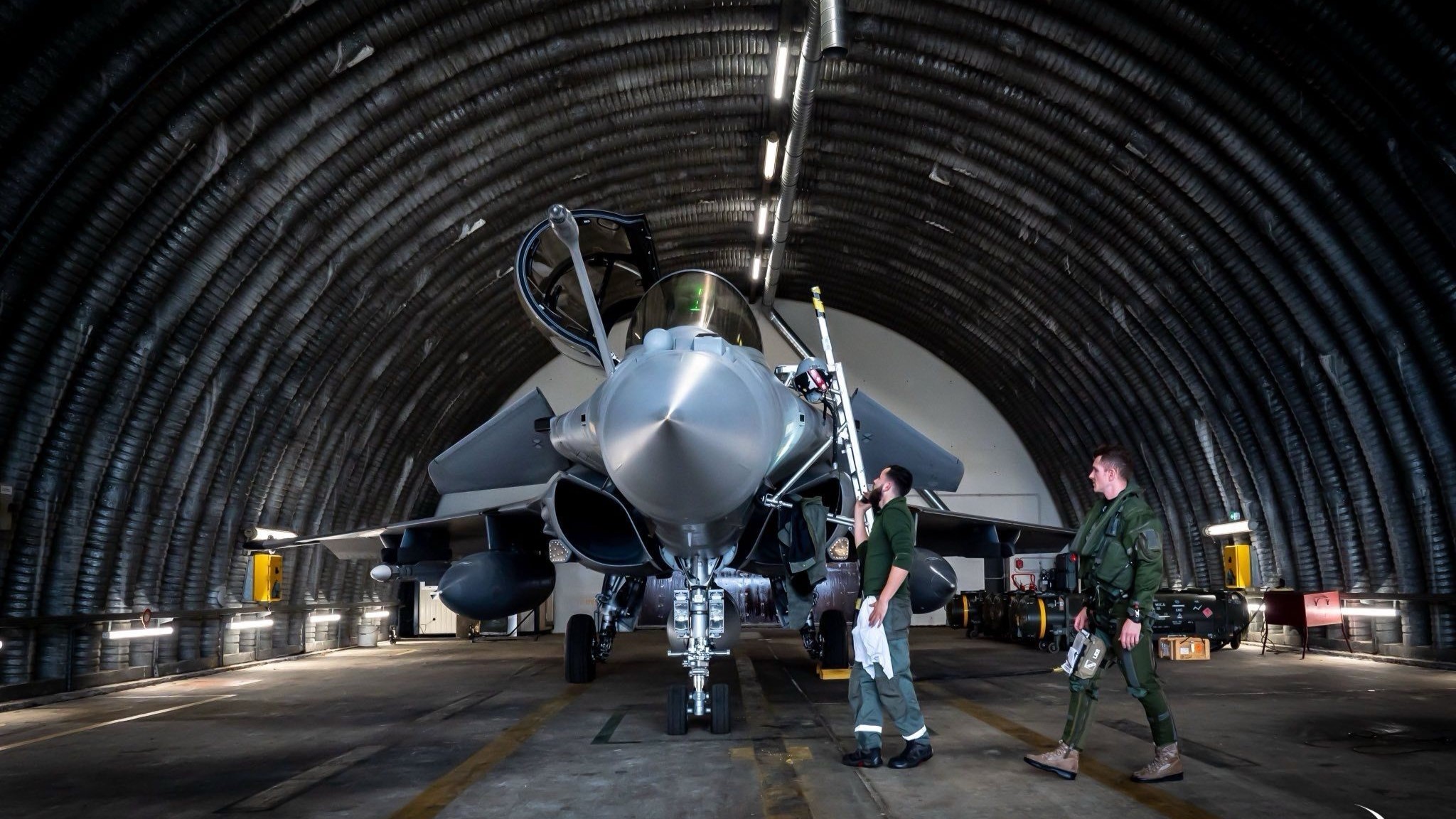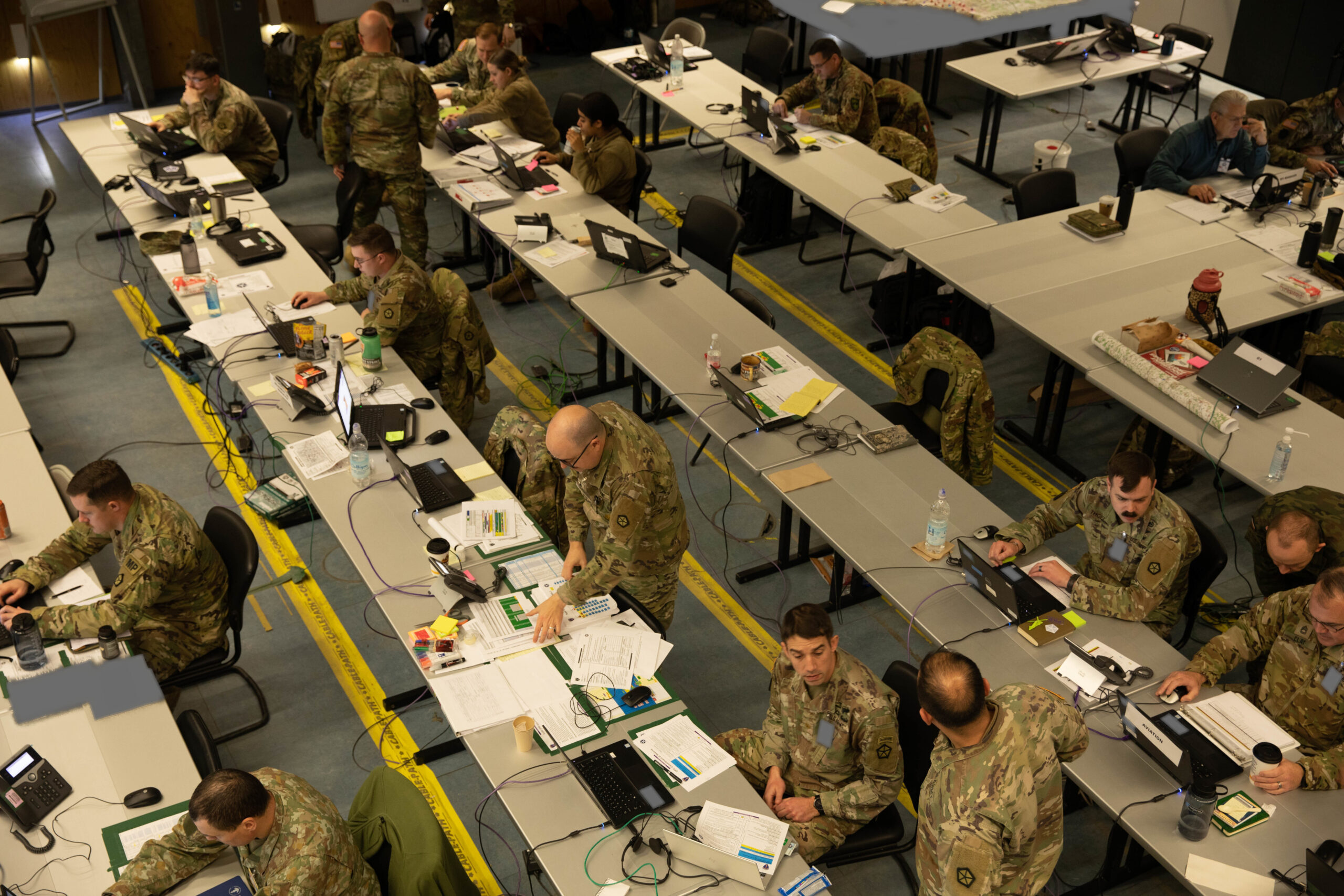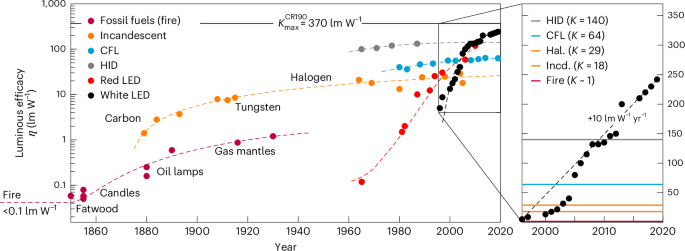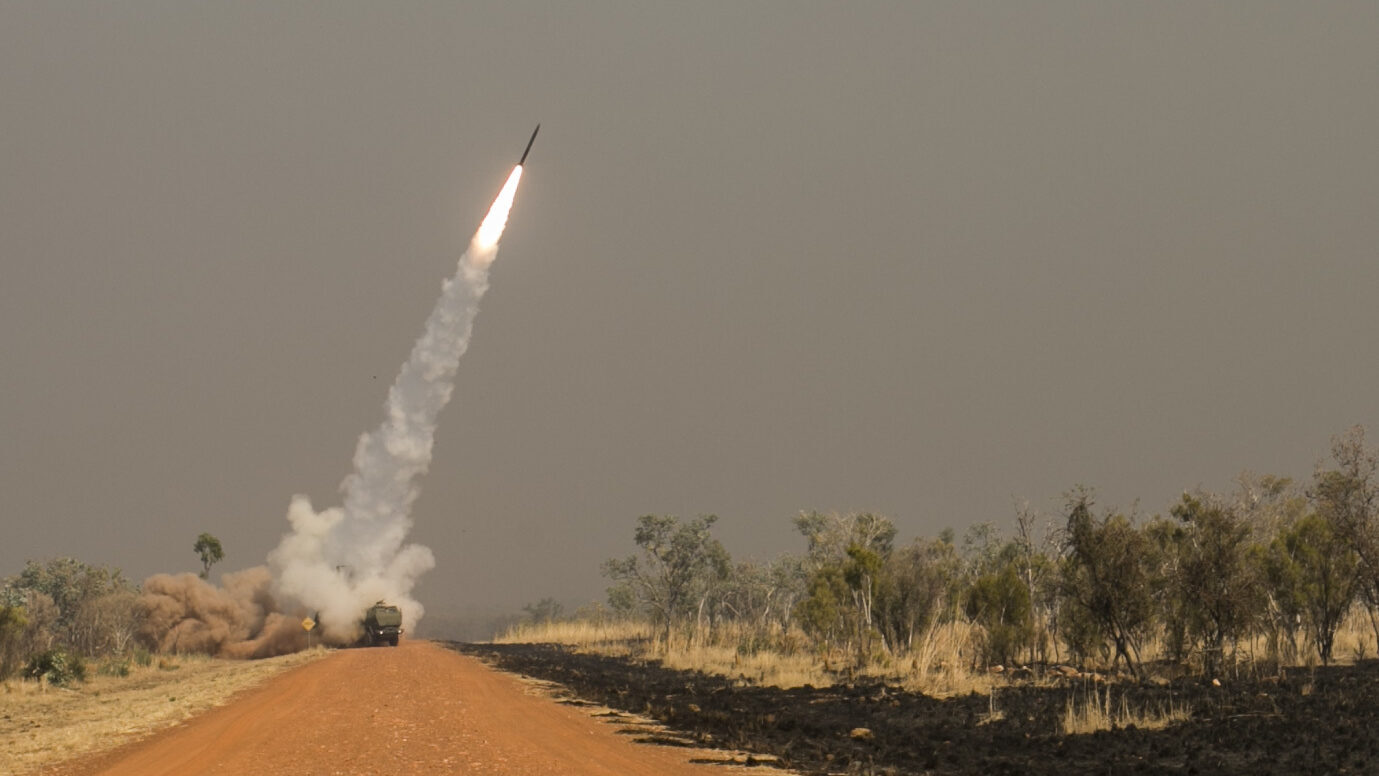America’s nuclear arsenal to cost $946B over next decade, government report reveals
The estimated total rose by 25 percent over the last two years, according to a new report from the Congressional Budget Office (CBO).


An Air Force Global Strike Command unarmed Minuteman III intercontinental ballistic missile launches during an operational test Oct. 29, 2020, at Vandenberg AFB, Calif. (US Air Force photo by Michael Peterson)
WASHINGTON — America’s nuclear arsenal will cost $946 billion over the next decade, an estimated total that rose by 25 percent over the last two years, according to a new report [PDF] from the Congressional Budget Office (CBO).
The total, covering operations, sustainment and modernization for the years 2025-2034, comes out to an average of $95 billion per year, according to the CBO’s biannual report, which was released Thursday.
The 25 percent cost increase from the previous edition, released in 2023, amounts to $190 billion. That change stems largely from CBO estimating an increased cost on projects, including from the Sentinel ICBM effort, which Pentagon officials have said is 87 percent above its baseline cost estimate; however, some increase costs are the result of a shift of two years in the time period covered, as the previous report covered 2023-2032.
American nuclear weapons are funded through two different pots of money: the Department of Defense, which funds the delivery systems such as bombers or submarines, as well as the support systems like nuclear command and control, and the Department of Energy, which funds (largely through the semi-autonomous National Nuclear Security Administration, or NNSA) the management and upgrade of nuclear warheads.
The CBO total breaks down like this:
- $357 billion to “operate and sustain current and future nuclear forces and other supporting Activities”
- $309 billion to “modernize strategic and tactical nuclear delivery systems and the weapons they carry”
- $72 billion to “modernize facilities and equipment for the nuclear weapons laboratory complex”
- $79 billion to “modernize command, control, communications, and early-warning systems”
- $129 billion to “cover potential additional costs in excess of projected budgeted amounts estimated using historical cost growth.” While the other costs listed here are laid out in plans from DoD and DoE, this post of money is effectively CBO’s best guess at what cost overruns will likely look like.
For comparison, CBO noted that costs for nuclear acquisition programs would average out to 1.9 percent of DoD’s total acquisition costs laid out in the FY25 budget request (what those totals would look like under the FY26 request, the first of the Trump administration, remains to be seen, as that budget has not been released).
The highest annual costs will hit just after the turn of the decade: Those percentages would rise “from 10.1 percent in 2025 to 13.2 percent in 2031 before steadily declining to 10.7 percent by 2034,” per the report.
In terms of actual systems, the CBO breaks it down into four key buckets.
First are “Strategic nuclear delivery systems and weapons,” at $454 billion. That includes development of the submarines, bombers and ICBMs which can deliver nuclear weapons, as well as DoE funding for the warheads needed. “About half” of the costs here are for ballistic missile submarines, according to the report.
Second is “Tactical nuclear delivery systems and weapons,” at $15 billion. These are the smaller weapons and associated delivery systems, such as “tactical aircraft” (think fighters like the F-35) and the nuclear-armed sea-launched cruise missile, SLCM-N. “Costs in this category are larger than those in CBO’s 2023 estimate primarily because they include funding for the SLCM-N and the warhead it would carry, as mandated by the National Defense Authorization Act for Fiscal Year 2024,” CBO notes.
Third is DoE “nuclear weapons laboratories and supporting activities” as $193 billion. This covers “activities at nuclear weapons laboratories and production facilities that are not directly attributable to a specific type of warhead but that are related to maintaining current and future stockpiles of nuclear weapons.”
Finally, DoD’s “command, control, communications, and early-warning systems,” at $154 billion. This covers “funding for operating, sustaining, and modernizing the systems” that make up the nuclear command and control (NC3) networks needed to actually control the nuclear arsenal.






























